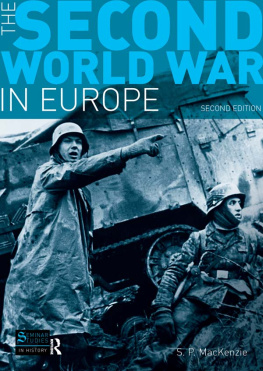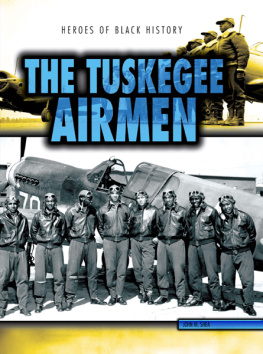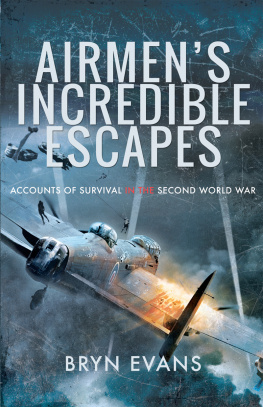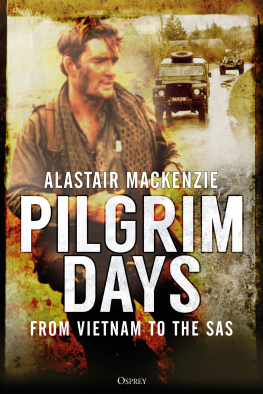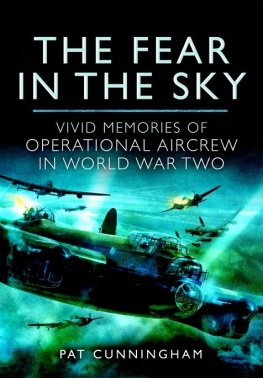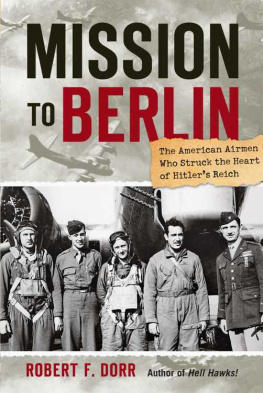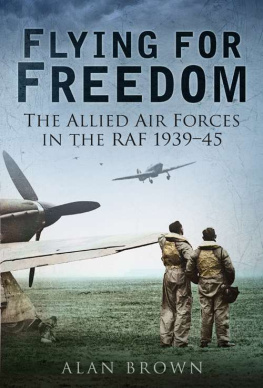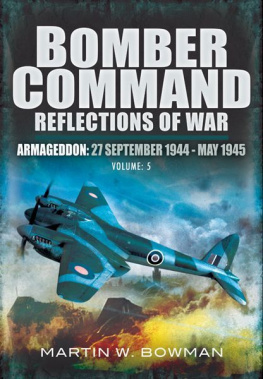CONTENTS
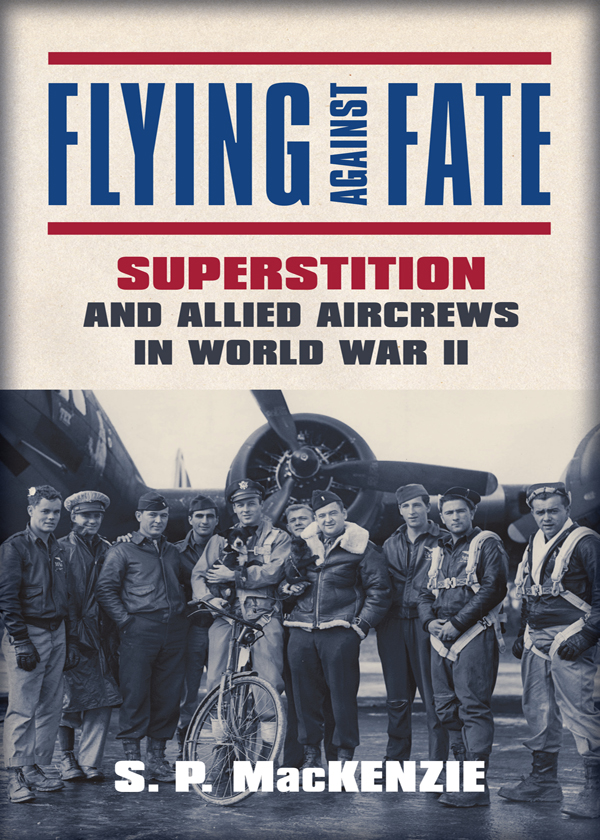
Flying
against
Fate
Flying
against
Fate
Superstition and
Allied Aircrews
in World War II
S. P. MACKENZIE
University Press of Kansas

2017 by the University Press of Kansas
All rights reserved
Published by the University Press of Kansas (Lawrence, Kansas 66045), which was organized by the Kansas Board of Regents and is operated and funded by Emporia State University, Fort Hays State University, Kansas State University, Pittsburg State University, the University of Kansas, and Wichita State University
Library of Congress Cataloging-in-Publication Data
Names: MacKenzie, S. P., author.
Title: Flying against fate : superstition and Allied aircrews in World War II / S. P. MacKenzie.
Description: Lawrence, Kansas : University Press of Kansas, 2017. | Includes bibliographical references and index.
Identifiers: LCCN 2017020138 | ISBN 9780700624690 (cloth : alk. paper) | ISBN 9780700624706 (ebook)
Subjects: LCSH: World War, 19391945Psychological aspects. | SuperstitionHistory20th century. | World War, 19391945Aerial operations.
Classification: LCC D744.55 .M33 2017 | DDC 940.54/4973dc23
LC record available at https://lccn.loc.gov/2017020138
British Library Cataloguing-in-Publication Data is available.
Printed in the United States of America
10 9 8 7 6 5 4 3 2 1
The paper used in this publication is recycled and contains 30percent postconsumer waste. It is acid free and meets the minimum requirements of the American National Standard for Permanence of Paper for Printed Library Materials z39.48-1992.
CONTENTS
This book would not have been completed without access to the holdings of many important libraries and archives. In particular I sincerely thank the staff members at the Air Force Historical Research Agency, Maxwell AFB; the Australian War Memorial, Canberra; the Research Room, Imperial War Museum; the National Archives, Kew; the Roger A. Freeman Research Center at the National Museum of the Mighty Eighth Air Force, especially Dr. Vivian Rogers-Price; Special Collections, Joyner Library, East Carolina University; Special Collections, University Library, University of Leeds; the Archive and Library, Royal Air Force Museum, Hendon; the Rutgers Oral History Archives, Rutgers University; Special Collections, Willis Library, University of North Texas; Thomas Cooper Library (notably Elizabeth Sudduth in her role as custodian of the Gilbert S. Guinn Military Aviation Collection, as well as the members of the interlibrary loan office), University of South Carolina; and the Center for the Study of War and Society at the University of Tennessee, Knoxville.
I am also grateful for the comments provided by the two external readers who received a draft manuscript from the University Press of Kansas. Thanks also go to the UPK editorial staff. All interpretations and opinions expressed in the following pages are my responsibility alone and do not necessarily reflect the views of those who have assisted this project.
S. P. MacKenzie
Columbia, South Carolina
February 2017
That fliers can be superstitious has long been acknowledged within the aviation community.
Why, though, concentrate on these particular fliers? Superstitious thought and action, after all, also occurred in enemy air forces and among Russian fliers.
The Allied air endeavor, however, was much larger than that of the Axis opposition, and collectively it exceeded the not insubstantial Soviet air effort on the Eastern Front. The aerial campaigns of World War II, furthermore, were much greater in scale and scope than either those that came before or those that have occurred since.
In World War I, the US Army air service produced around 17,500 pilots, only a limited number of whom went to France in 1918; while in World War II, even after heavy losses and not counting the navigators, bombardiers, flight engineers, and air gunners needed to man the heavy bomber fleets, the United States Army Air Forces (USAAF) were fielding over 140,500 pilots by the time hostilities ceased.
Meanwhile, the Royal Air Force (RAF), at the end of World War II, was over three and a half times bigger than it had been at the end of World War I and would shrink to under a tenth of its wartime size in the second half of the twentieth century.
The comparative scale of the Allied air effort directed against the Axis powers means a proportionately larger number of the kind of first-person written and oral accounts exist that are crucial to developing an understanding of superstition among combat airmen. At the same time, the inclusion of fliers from not only the United States but also the United Kingdom as well as the British Commonwealth and Empire serving either in the RAF, the FAA, or in national air forces modeled on the formerprincipally the Royal Australian Air Force (RAAF), Royal Canadian Air Force (RCAF), and Royal New Zealand Air Force (RNZAF)allows for a wider transnational picture to be drawn.
In order to understand the appeal of the supernatural to these pilots and other crewmen, it is first necessary to discuss context. The prevalence of superstition among those of similar age and intelligence needs to be outlined, along with the extent of such belief in wider populations in the timeframe under consideration. Even more important, the stresses and uncertainties induced by aerial combat need to be laid out in order to explain why large numbers of comparatively intelligent and educated volunteers in a modern scientific war, as military historian Mark Connelly has put it, still clung to animal-like rituals to appease the gods of battle.
The consequent reliance on the supernatural, though, took many forms, so subsequent individual chapters are devoted to: appeals for specific and direct intervention by a monotheistic deity; reliance on personal or group talismans and charms; a tendency toward ritualistic words and action often not directly associated with religion; the appearance of apparently hexed persons, objects, or events; numerology and magical symbolism; and, finally, supposed supernatural premonitions of doom.
Gremlins are not discussed. Although these mythical creatures appealed to the whimsical nature of certain fliers, notably of course Roald Dahl, and the term became a useful rhetorical means of attributing blame for undiagnosed electro-mechanical problems or odd atmospheric phenomena like St. Elmos fire, there is no indication that any flier thought gremlins, as such, actually existed.
As we shall see, some forms of superstitious thought among Allied combat fliers were not entirely lacking in rational content. Just as important, as a number of recent studies have shown, even the most completely irrational beliefs, while having no direct physical impact on the future of the people concerned, can still have an effect on self-confidence and thereby performance.
It was easy enough for more rational contemporary observers to be rather dismissive about aircrew superstitions, writing them off as backward and childish examples of magical thinking.
CHAPTER ONE
MEN AGAINST ODDS
That some of those who volunteered for aircrew duties on either side of the Atlantic in World War II brought supernatural beliefs with them into the air should come as no surprise. Mass-Observation surveys in Britain indicated that about half of adult males accepted at least one common superstition, while around 20 percent offered up prayers outside church, these often being of an intercessory nature.


